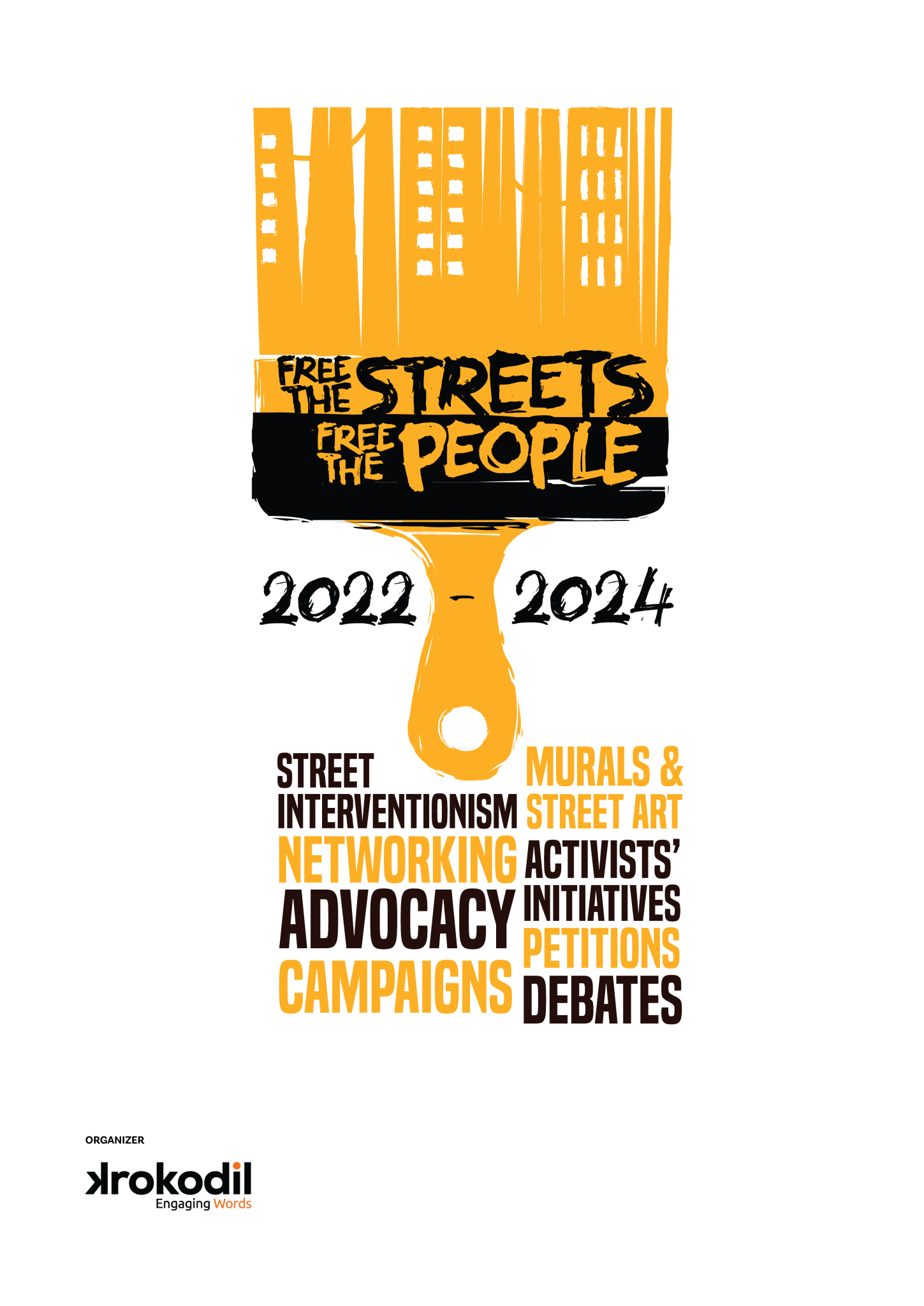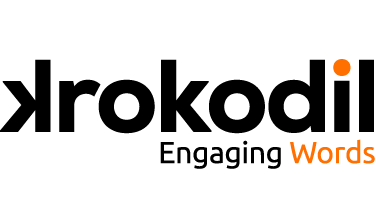
15 Sep New mural in Obrenovac as part of the Free the Streets/Free the People initiative
The sixth mural realized as part of KROKODIL’s Free the Streets/Free the People initiative was painted in Obrenovac from September 5 to 9. We invite all fellow citizens to come to the building in Radenka Rankovića 4 Street, next to the Obrenovac promenade, and see this work of the artist Dejan Ivanović Wuper. The work itself was inspired by childhood and this is just one in a series of artistic interventions initiated by KROKODIL through the aforementioned initiative, with the idea of pointing out, through positive and emancipatory practices, that public space belongs to everyone and that everybody should feel welcome in it.
We remind you that the Free the Streets/Free the People civic initiative was created as a reaction to the overwhelming amount of aggressive messages found on walls in cities across Serbia. In Belgrade, their number is particularly disturbing. Therefore, we continue to support local artists to paint murals that send messages of togetherness and community, and make the public space pleasant for all citizens, but in addition also remind them that the public space is precisely the space that belongs to us all and that we all have the right to use, regardless of personal beliefs – for spending free time, socializing and gathering.
Dejan Ivanović (1993, Novi Sad) lives and works in Inđija. He graduated in graphic design in 2017 at the Belgrade Polytechnic College of Vocational Studies. He has been actively engaged in wall painting since 2007. Since 2016, he is with equal attention dedicated to canvas painting, and in general, to research and improvement of painting techniques. He participated in a large number of domestic and foreign street art festivals, and he also had three independent and several group exhibitions in Serbia and abroad. On the street scene, he is known under the alias Wuper.
He is recognizable for his skillful, realistic murals that he painted all over Serbia, but also in numerous European cities. He deftly combines details from the urban environment with traditional motifs, making his works in public space receptive to different audiences and thus supporting the concept of street art as democratic and emancipatory.
About Free the Streets/Free the People initiative
Street walls in Serbian cities and towns have for a long time been the scene of clashes between various extreme right-wing groups, as well as a platform for promoting policies close to them. The result of the support but also of the undue influence of the ruling political structure is an urban landscape saturated with drawings, graffiti, murals, and other visual messages that directly express and call for hatred, malice, narrow-mindedness, racism, sexism and that generally spread various toxic contents, creating the society full of violence present on all levels, especially among young people.
The objective of the 2 year initiative titled Free the Streets/Free the People is to actively transform the above mentioned tendencies and to raise awareness about harmfulness of chauvinistic and reductive mindsets regarding the past, present and future that are dominant in the public space. We aim to do this by utilizing three main strands of activities:
1. Networking and citizens initiatives through the visual street art interventions, engagement through street protests and citizen petitions;
2. Transformation of public spaces;
3. Advocacy with policymakers on both local and national level with the aim of changing the legislation regarding the public display of hate speech.



Sorry, the comment form is closed at this time.